How a 5-Day, 40-Hour Intensive Culinary Course Can Elevate Your Skills (and Market Value)
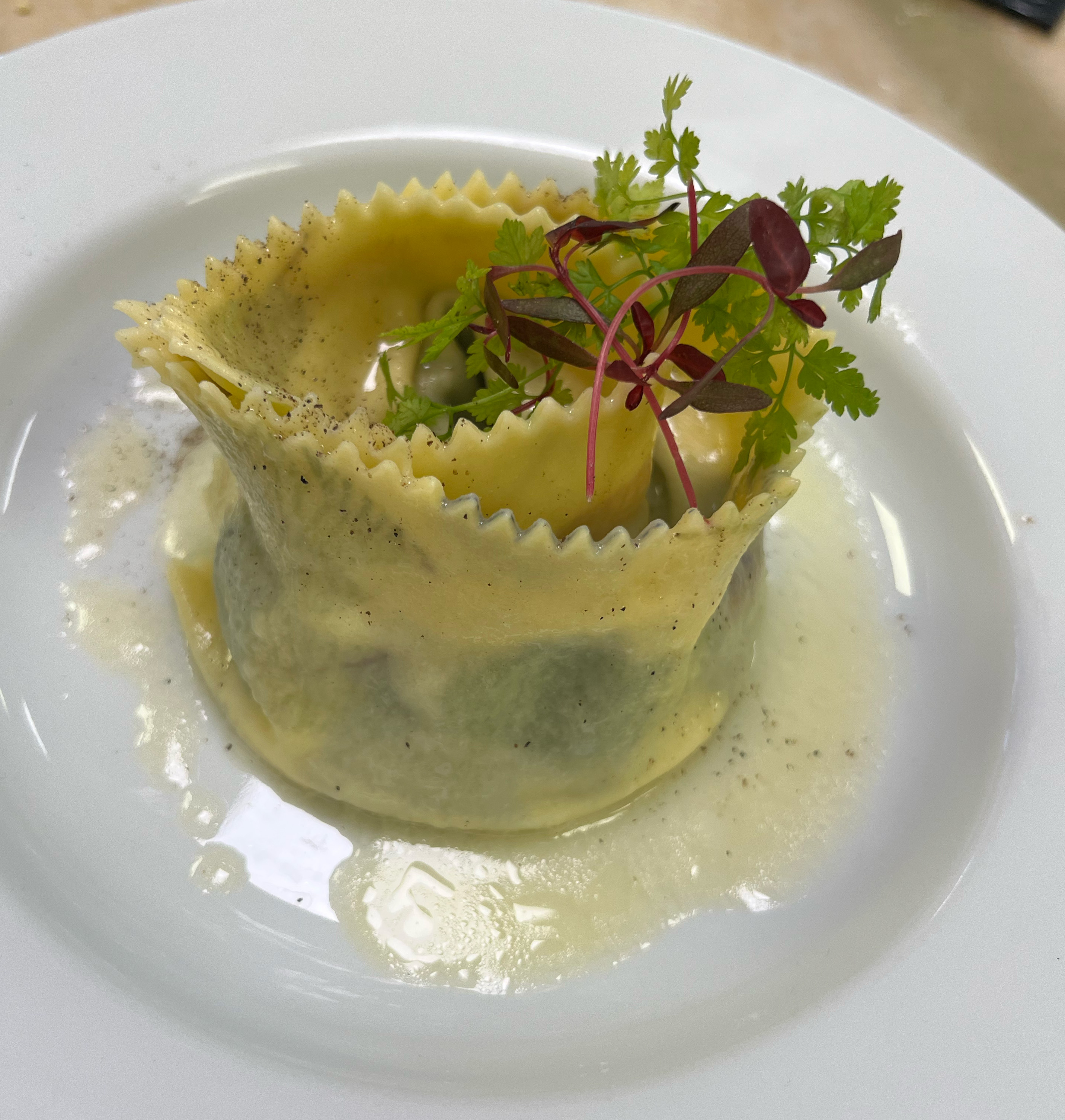
In the competitive world of professional kitchens, mastery is not optional — it’s a differentiator. Every chef, culinary student, or ambitious home cook with aspirations beyond Sunday dinner must build technique, consistency, and credibility. That’s where deep specialty training comes in.
If you're serious about leveling up in the kitchen, consider the
Professional Pasta-Making Class: 5-Day Training Program | NYC I 40 Hrs
Professional Pasta-Making Class: 5-Day Training Program | SF I 40 Hrs
This immersive experience is engineered not for casual dabblers, but for those with ambition. Below, I’ll argue why investing in pasta mastery is a strategic move, how this program is structured to deliver, and how you can apply what you learn to real-world kitchens and business opportunities.
Why Pasta Mastery Matters in a Serious Culinary Career
1. Pasta is more than a side — it's a canvas
In many high-end kitchens, pasta is no longer relegated to the “comfort food” category. Chefs experiment with flavored doughs, hybrids, regional variations, and creative sauce pairings. A chef who can conceive, build, and execute elevated pasta dishes adds a powerful tool to their creative arsenal.
2. Technical rigor breeds credibility
To make restaurant-level pasta consistently, you must understand the science behind dough hydration, gluten development, sheeting precision, filling tolerances, and timing. These are not surface-level tricks — they are systems and standards. A chef who knows the mechanics commands respect in the kitchen.
3. Differentiation in the market
In saturated culinary markets, specialization is how you stand out. If your resume says “trained in pasta systems,” that sends a signal: you’re not just a line cook; you’re a technician in starch, structure, and texture.
4. Versatility and application
Once you master pasta technique, you can:
- Create high-margin dishes or limited-run specials
- Develop packaged or retail pasta products
- Extend into pasta-focused restaurants or pop-ups
- Teach or consult in pasta layout, scaling, or menu engineering
As one NYC pasta-class overview points out, classes offer skill development, networking potential, and real-world exposure. Career Centers
So if you want to be the one designing the pasta section of a menu — rather than executing someone else's ideas — you need mastery.
What the 5-Day, 40-Hour Training Course Delivers
This is not a weekend workshop. It is a deep dive. Below is what you can expect from such a program:
Structured Progression, Skill by Skill
Over five days, the curriculum unfolds from foundational theory to complex execution:
- Day 1: Dough science, ingredient selection, kneading protocols
- Day 2: Sheeting, shaping classic pastas (fettuccine, tagliatelle, spaghetti)
- Day 3: Filled pastas (ravioli, tortellini) — sealing, thickness control, portioning
- Day 4: Specialty doughs, flavorings, colorings, alternative flours
- Day 5: Execution under time pressure, plating, menu-style testing
Each day builds on the previous, so repetition is built into the structure. You don’t just learn one shape — you internalize a system of pasta making.
Expert Instruction in Professional Setting
You’ll be trained by instructors with deep experience (often restaurant or artisan pasta backgrounds). The environment is a professional kitchen. That means commercial tools, standardized equipment, and industry expectations. You’re not learning tricks; you’re learning protocols that can survive the rigor of a busy kitchen.
Peer Interaction & Feedback
You’re learning alongside other serious cooks. That means critique, comparison, iteration, experimentation. Knowledge flows not just from chef to student, but from student to student under the supervision of the instructor.
Emphasis on Accuracy, Tolerance & Consistency
The difference between home-level pasta and restaurant pasta is in the margins. A fraction too thick, a seam that leaks — these are failures in a professional kitchen. The training hones your tolerance and quality control.
Real-World Application & Portfolio Building
Often, there’s a final test, tasting, or demo presentation. This gives you a tangible product (photographs, dishes) you can show prospective employers, culinary schools, or clients. It’s a credential, not just a class.
Career Applications & ROI
Let’s get concrete — after you’ve completed the course, what can you do with it?
In a Restaurant Kitchen
- You may be asked to supervise or design pasta stations
- You’ll contribute to recipe development and menu engineering
- You’ll ensure consistency night after night
- You’ll reduce waste by understanding dough behavior and shelf-life
In Product / Retail
- You can package artisanal fresh pasta for sale
- Launching a small-batch pasta brand (i.e. in farmers’ markets, specialty stores) becomes plausible
- You can consult or audit pasta operations
In Education / Freelance / Consulting
- You may teach or run pasta classes
- You can serve as a technical consultant for food businesses
- You can create media content (recipes, how-to) with authority
As a Portfolio Booster
Culinary schools and employers love specialization. If your résumé or portfolio includes a professional pasta module, it sets you apart from generalists.
Keep in mind: ROI depends on your follow-through. The class gives you tools — the rest is your execution.
Choosing This Program vs Alternatives
You might wonder: “Why this 5-day, 40-hr program?” or “Why not a shorter class or an online course?”
Depth vs Breadth
Shorter classes (one-off pasta nights) deliver a few recipes — but not mastery. You won’t get repetition, iteration, or the ability to troubleshoot edge cases. Programs with duration allow you to cycle through errors and corrections.
Real-time Feedback
Books and videos are great — but they lack immediate correction. The instructor sees your seam overstuffed, your dough under-rested, your filling too moist. You get course correction in time to internalize best practice. As many cooking-class proponents note, hands-on and in-person classes speed learning in ways self-study cannot.
Network & Community
In-person courses connect you with peers who may become collaborators, referral points, or colleagues. Some class overviews observe that culinary classes can lead to professional relationships and collective growth. Career Centers
Full Equipment Access
This program likely provides materials, flours, equipment, and specialized tools you might not own. You get to work with pro gear before deciding what you want to invest in personally.
In short: this program is for those who are serious. If you see pasta mastery as a luxury — it’s not for you. But if you see it as part of your competitive edge — it’s a smart bet.
Tips to Maximize the 5-Day Course Experience
To really squeeze value out of 40 hours, here are strategies you should adopt before & during:
- Arrive prepared with fundamentals
Brush up on hydration ratios, flour types (00, semolina), gluten basics, and basic kneading technique. Less friction, more refinement. - Be open to failure — and iteration
Expect dough to misbehave, seams to leak, shapes to collapse. That’s part of the process. Use feedback, not ego, to adjust. - Document relentlessly
Take notes, photographs, measurements. These become your recipe references post-class. - Ask targeted questions
Don’t stay passive. Ask “why” — why this ratio? why this resting time? Why that filling moisture? Use the instructor’s time. - Practice micro outside class hours
If there is downtime (resting dough, waiting), use it to sketch shapes, test small dough pieces, or prep fillings. - Network deliberately
Exchange contact info, ideas, and goals with classmates. Some of your best learning and partnerships may originate here. - Plan for post-course projects
By Day 5, have a mini roadmap: menu item, pop-up dish, packaged product, or teaching class — whatever helps you cement skill through repetition.
Potential Objections & Responses
“I can learn from YouTube and recipe blogs — why pay?”
You’ll gain technique, nuance, and correction that passive learning can’t provide. Especially in shaping, sealing, and failure modes, video misses a lot.
“The cost is high — will I recoup it?”
Yes, if you apply the skills. Add a pasta dish to a menu at $22 margin, or create packaged pasta for local retail. Even one month of extra income can recoup much of tuition if you leverage correctly.
“I already know pasta at home — is this overkill?”
Not if your goal is restaurant caliber. Home pasta tolerances are wide; pro kitchens demand tight margins and consistency.
“I’d rather take a class in Italy”
Italy courses have romantic appeal, but often slower pace, language barriers, or tourist focus. A U.S.-based, intensive course gives you “kitchen ready” skills in your own market context.
Sample Structure: How This Course Could Be Mapped
This is a hypothetical sketch to illustrate what a 40-hour pasta mastery program looks like:
DayEmphasisKey Techniques & OutcomesDay 1Foundations & DoughFlour blending, hydration theory, kneading, resting, basic sheetingDay 2Classic ShapesTagliatelle, pappardelle, spaghetti, cut vs extrude, sheeting tolerancesDay 3Filled PastaFillings (ricotta, meat blends), sealing, crimping, plin, ravioli, tortelliniDay 4Specialty DoughsSpinach, beet, gluten-reduced, whole grain, color-infused pastaDay 5Execution & ApplicationMenu-style plating, speed rounds, troubleshooting and critique
By repeating shapes, diagnosing errors, and plating final dishes, you walk away with polished deliverables.
Case Study (Hypothetical)
Imagine Marisol, a culinary student in New York. She takes the 5-day pasta course, documents her work, and incorporates one dish into her internship restaurant’s weekly special. The dish proves popular, driving incremental revenue and recognition from the head chef. Six months later, she uses pasta specialization as a talking point in job applications, landing a position at a pasta-forward bistro. Her investment paid off — not just as a “class,” but as a career accelerator.
You could be the next Marisol — but only if you apply, iterate, and push beyond the class.
Summary & Call to Action
If you're a serious culinary student, chef, or advanced home cook who wants professional-level mastery — this 5-day, 40-hour pasta training course is precisely the kind of immersive, accountable, high-leverage investment that pays dividends.
You’ll gain:
- Technical depth in dough, shaping, filling, and finishing
- Real-world credibility you can show on your résumé
- Tools to build pasta-based menu items, retail products, or teaching pathways
- A network of peers and mentors
- A way to differentiate yourself in a crowded field
Don’t just “take another cooking class” — commit to specialization that elevates your baseline.
If you’re ready to invest in your craft, enroll now in the New York Professional Pasta Making Class — 5-Day Training Program (40 hrs):



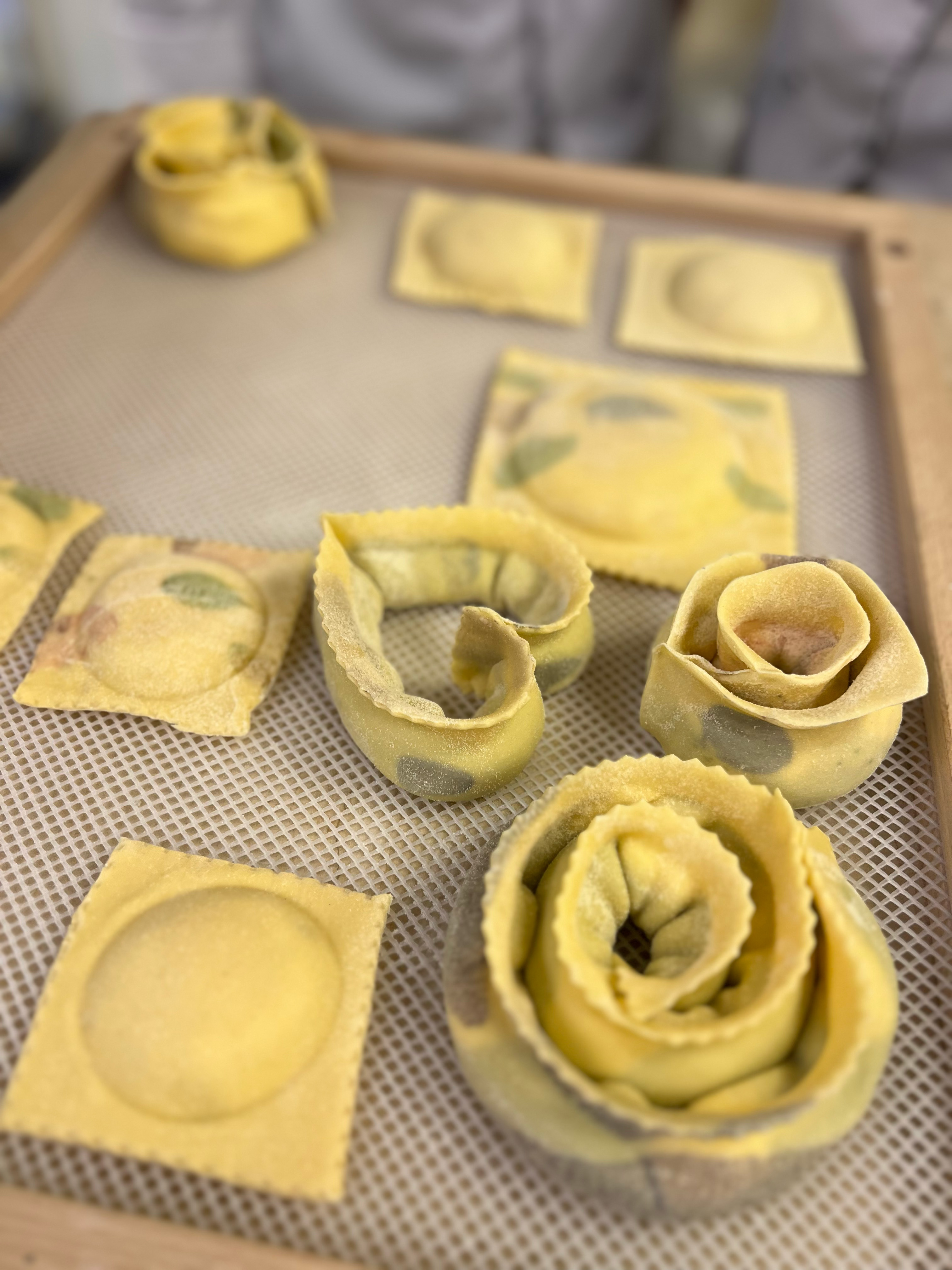

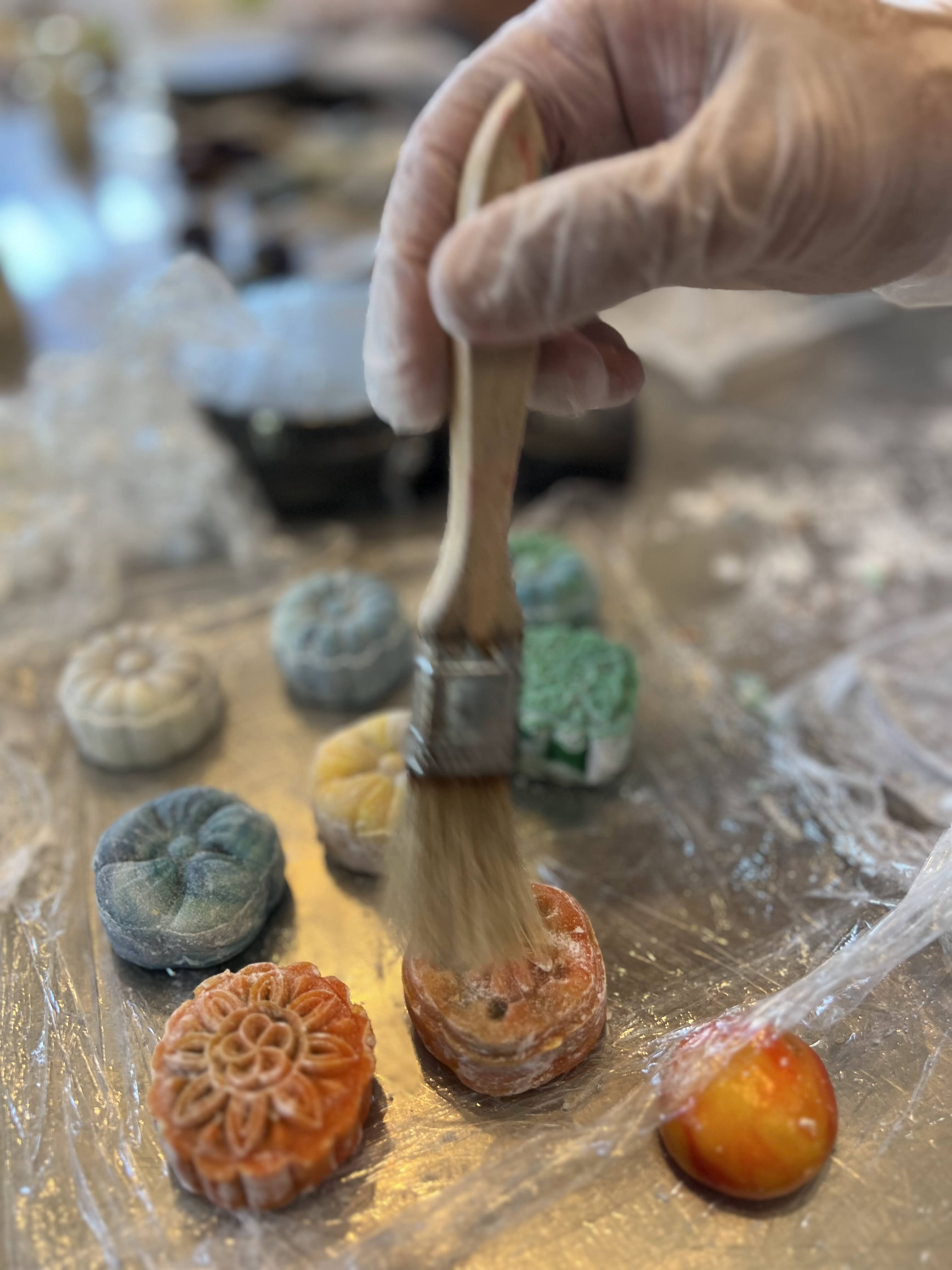

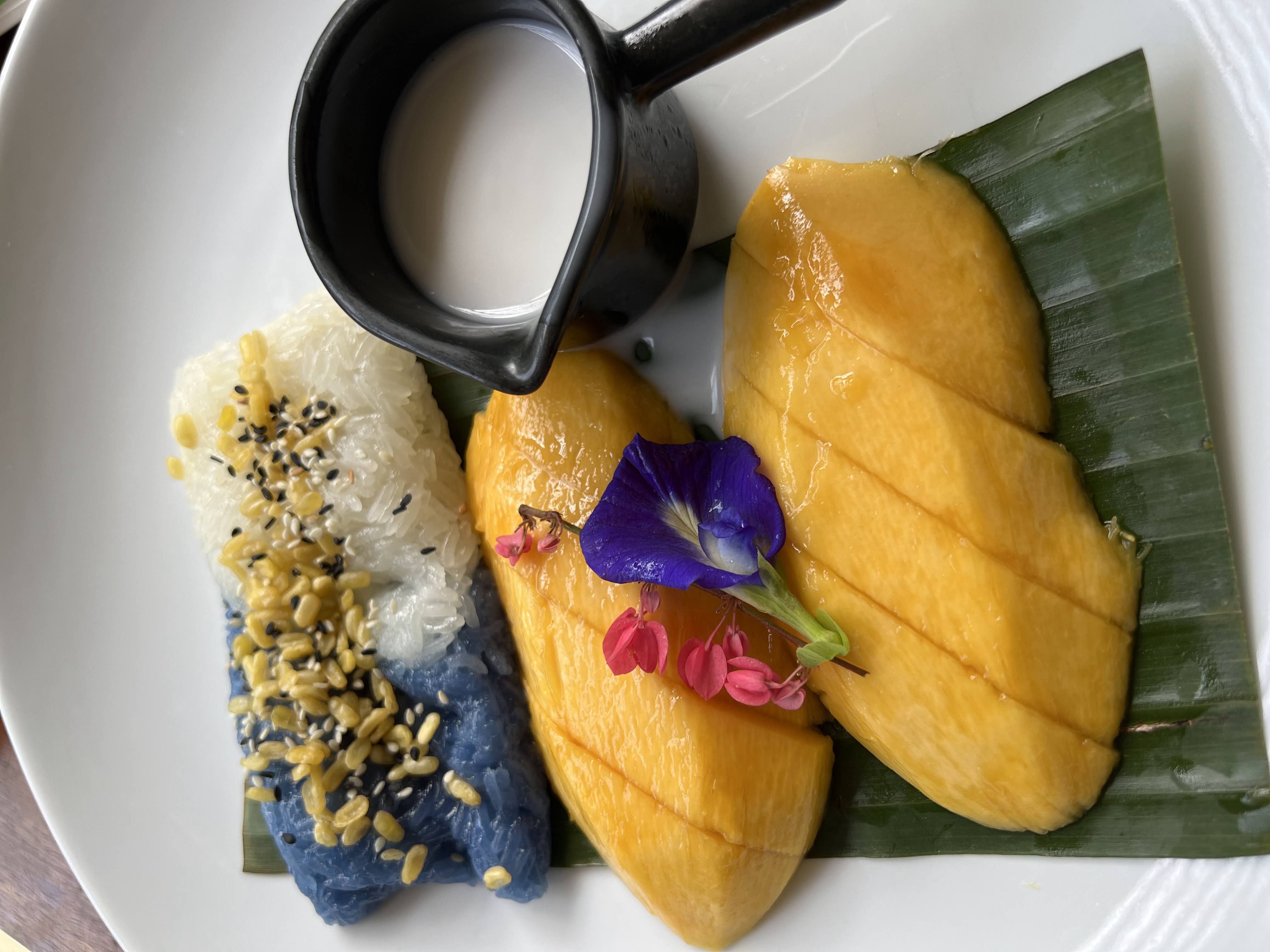
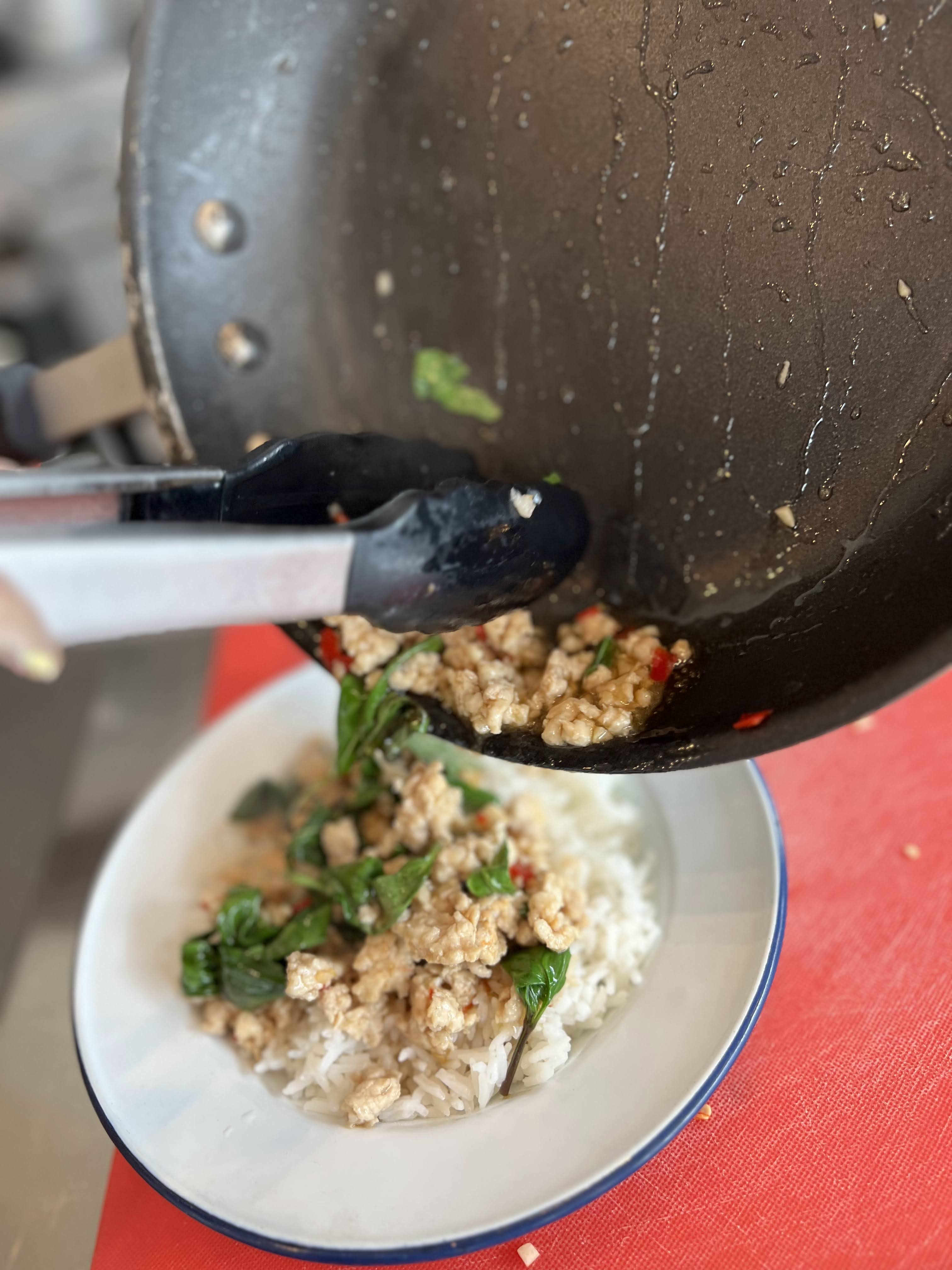
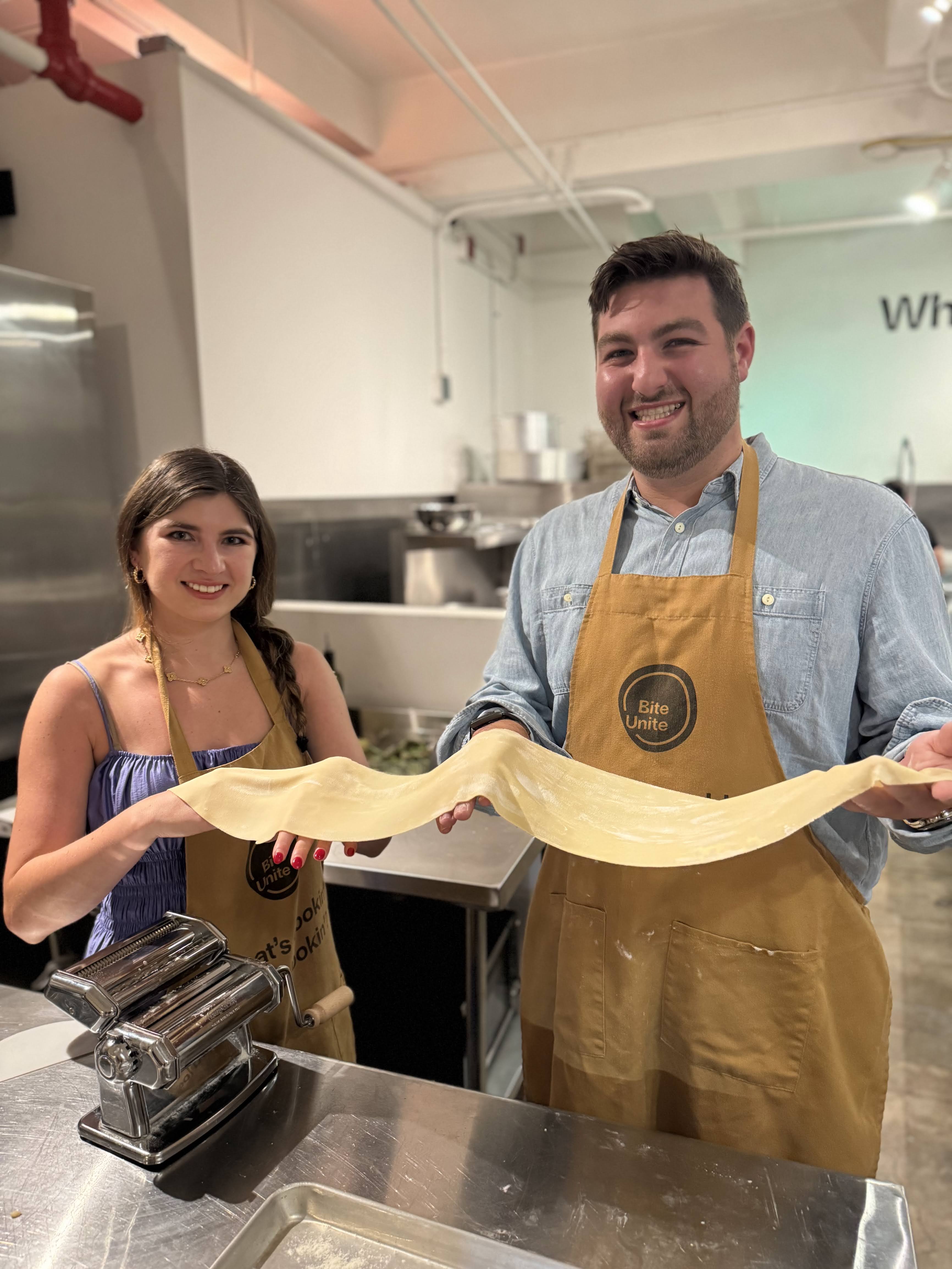
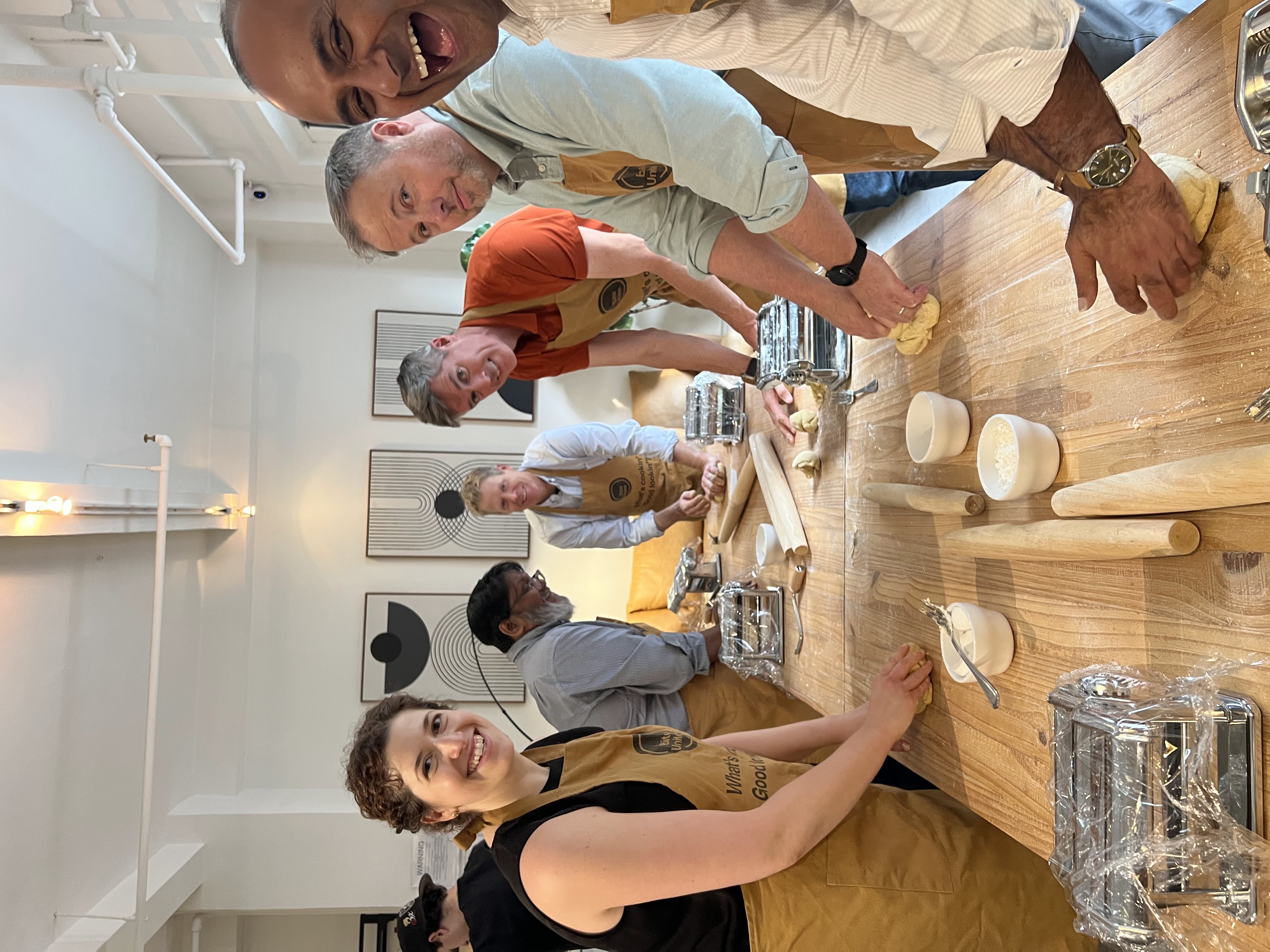
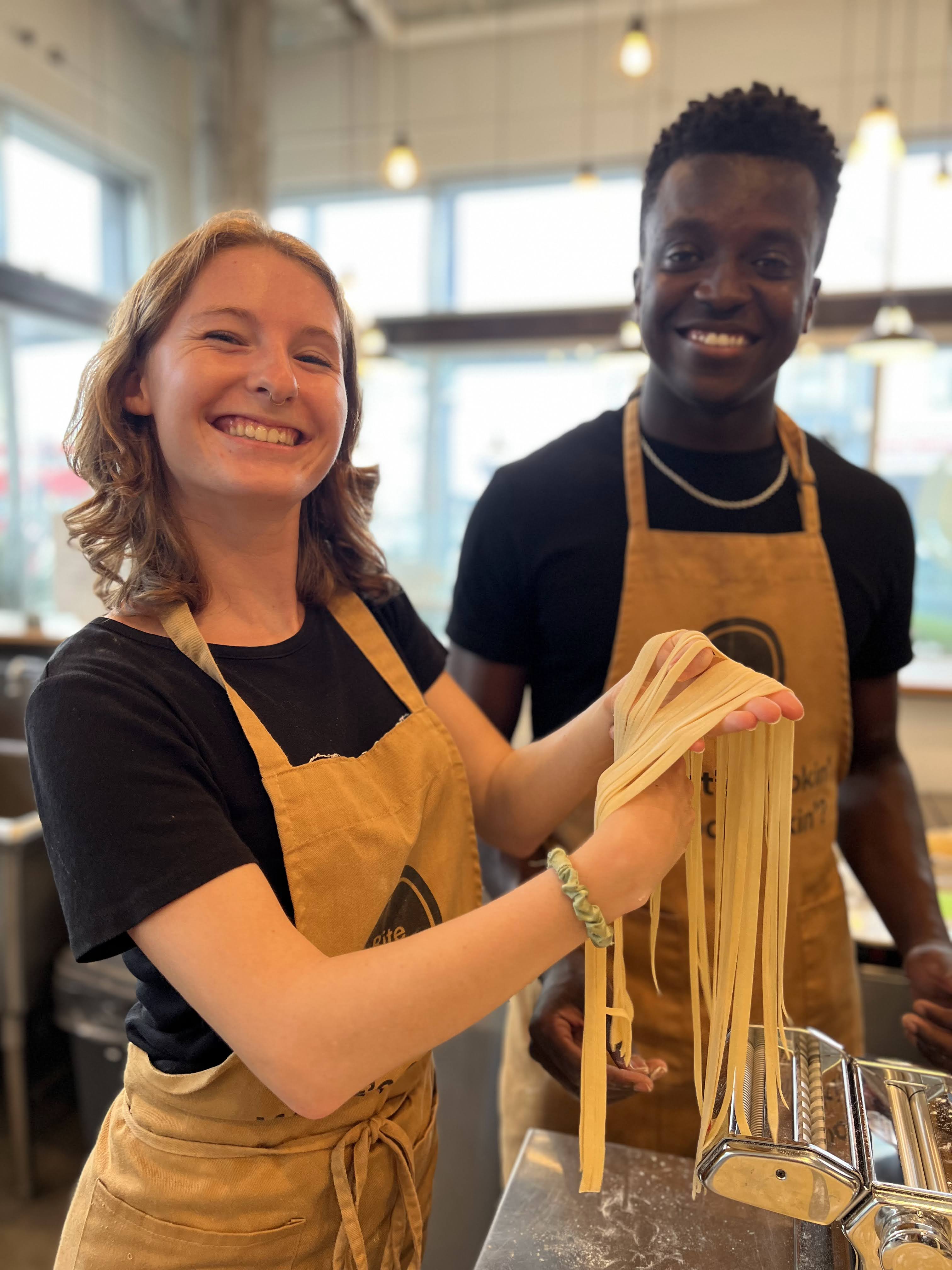
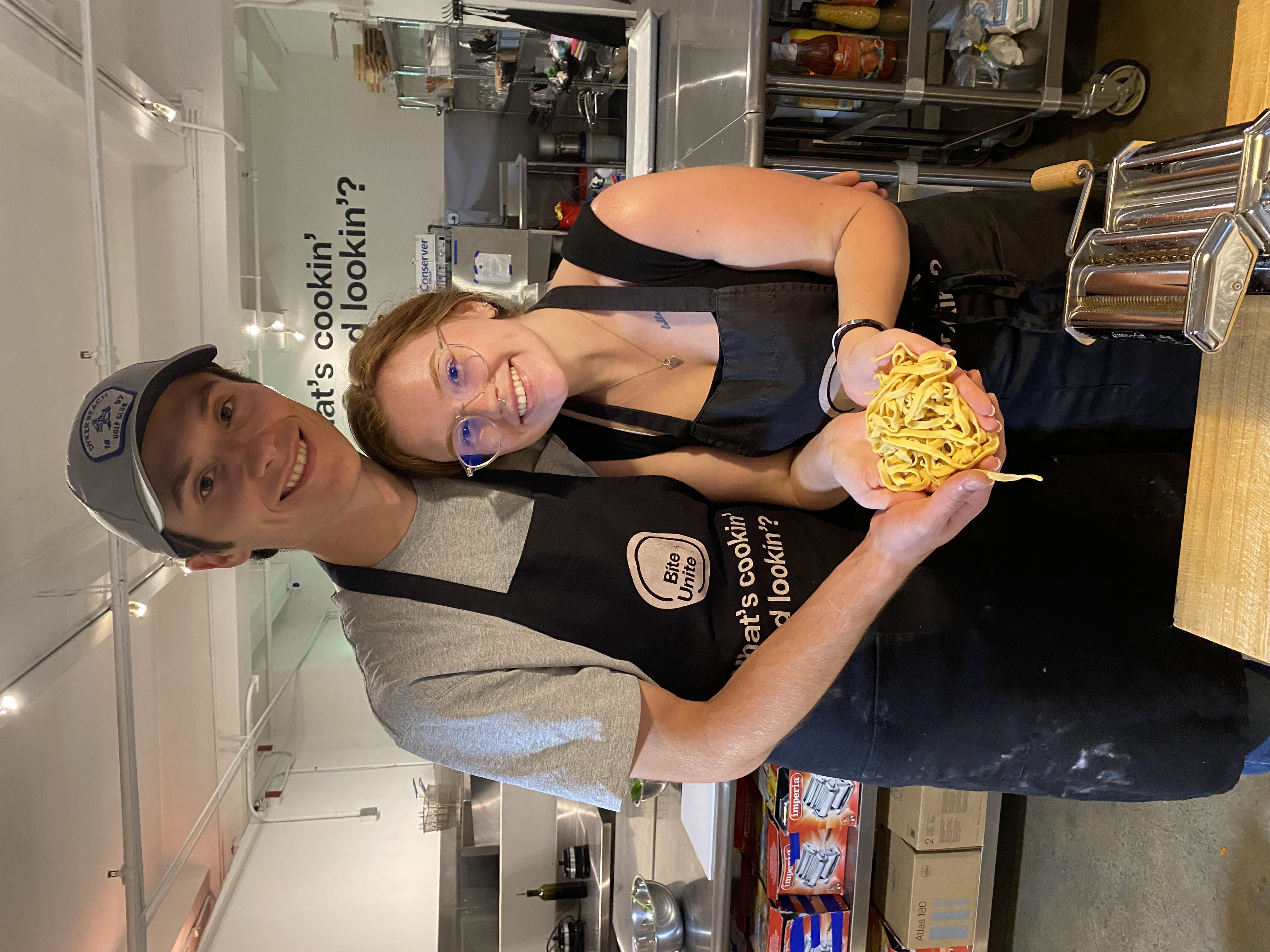
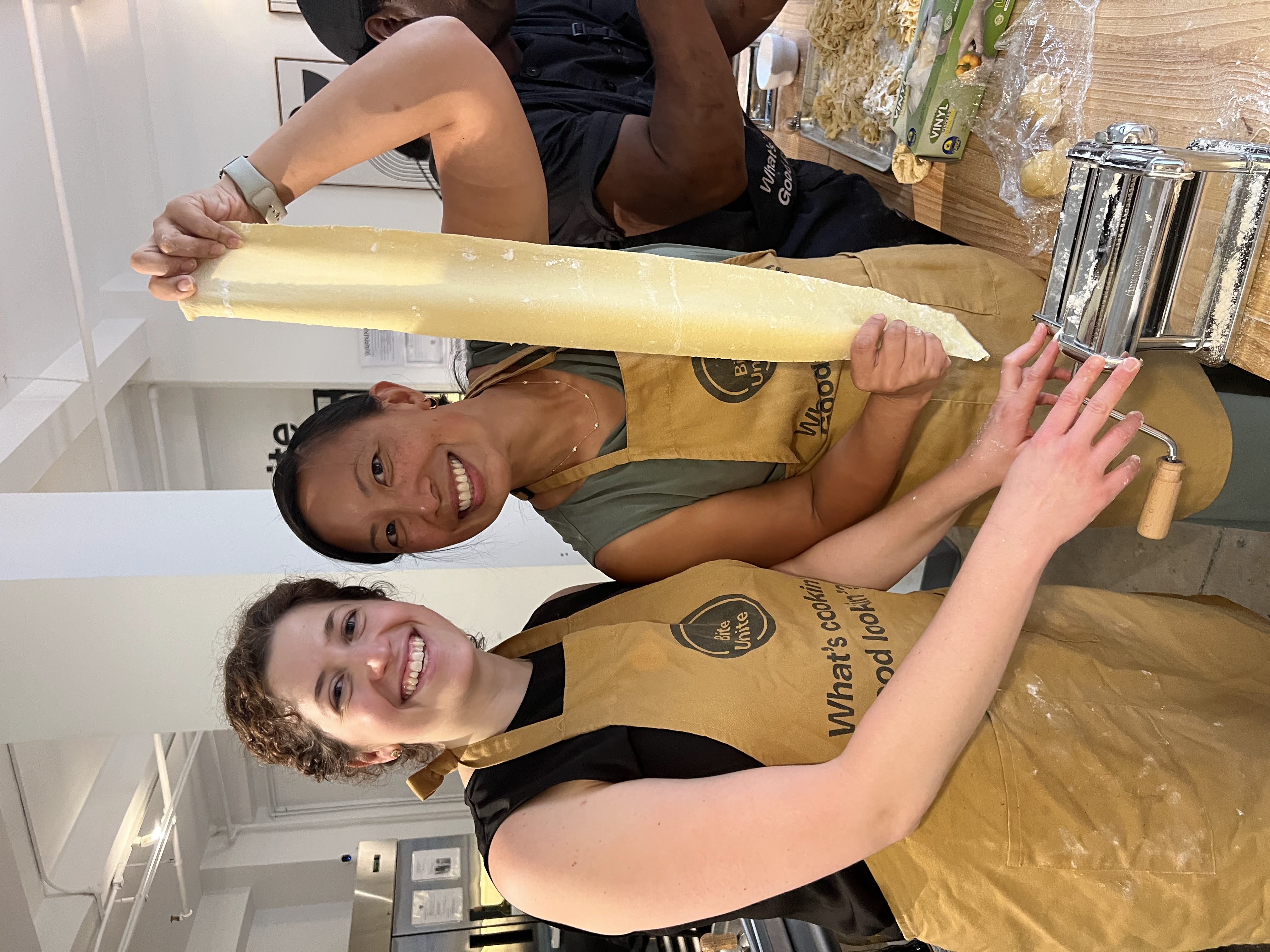
.jpg)
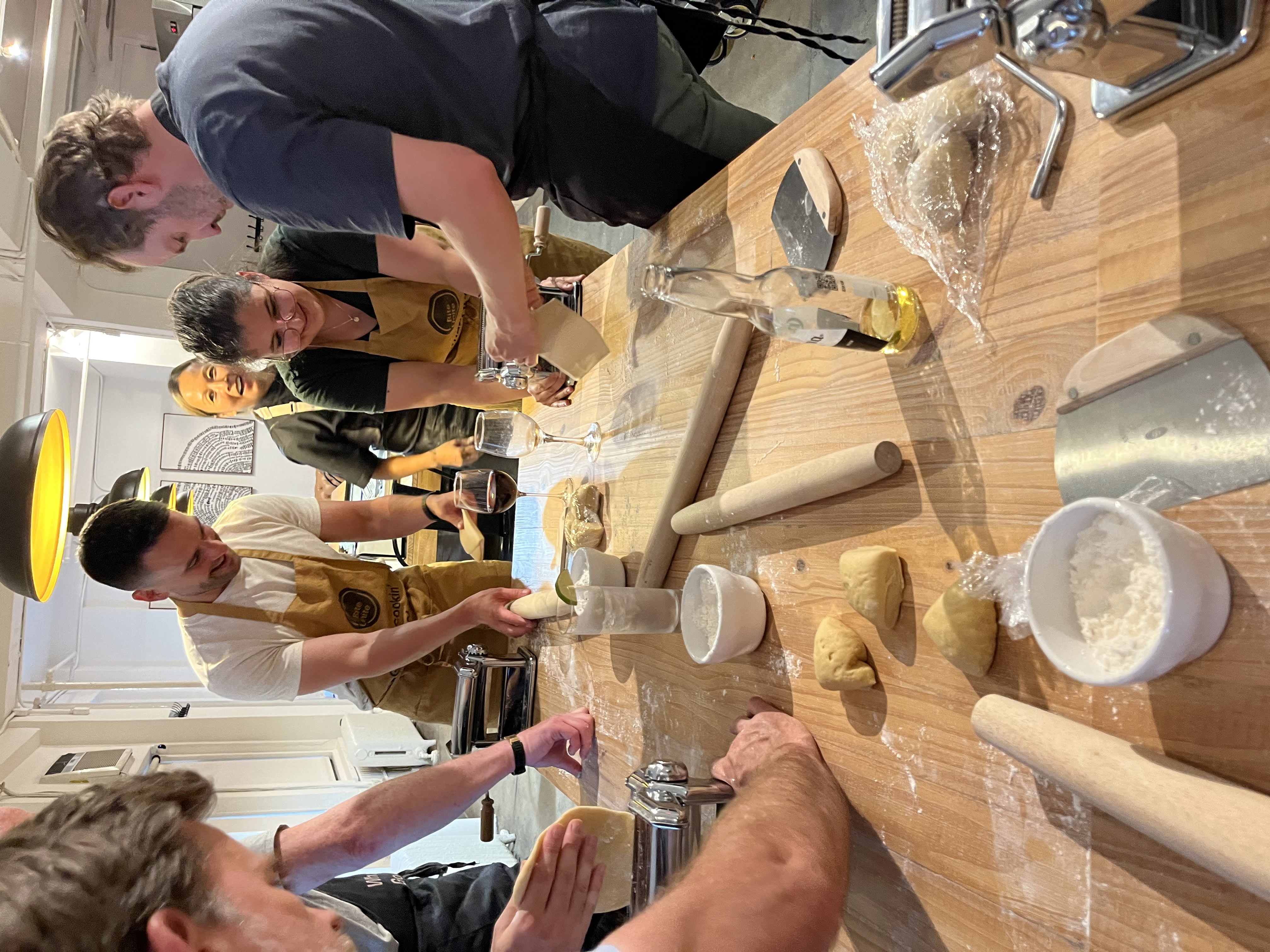
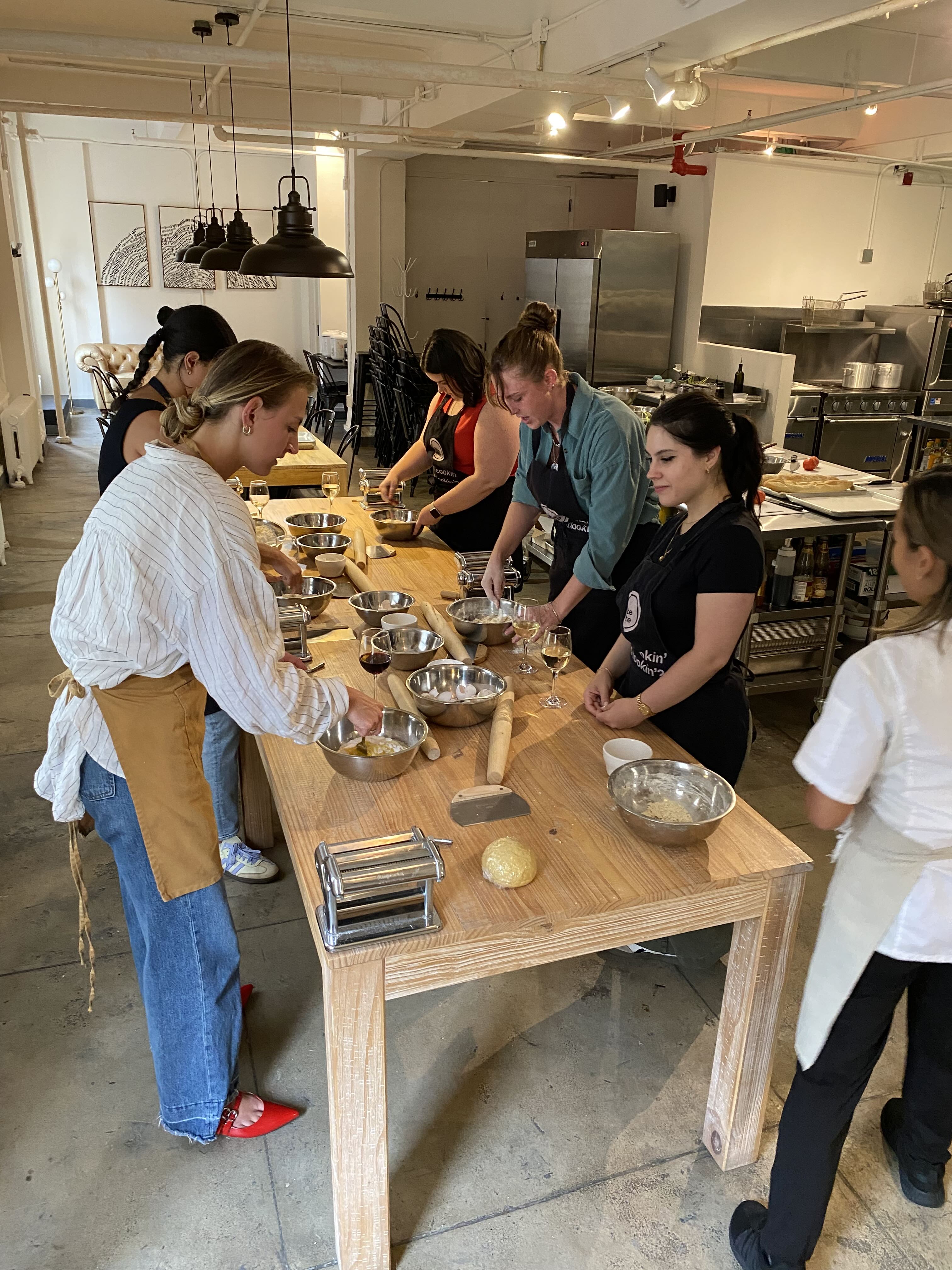
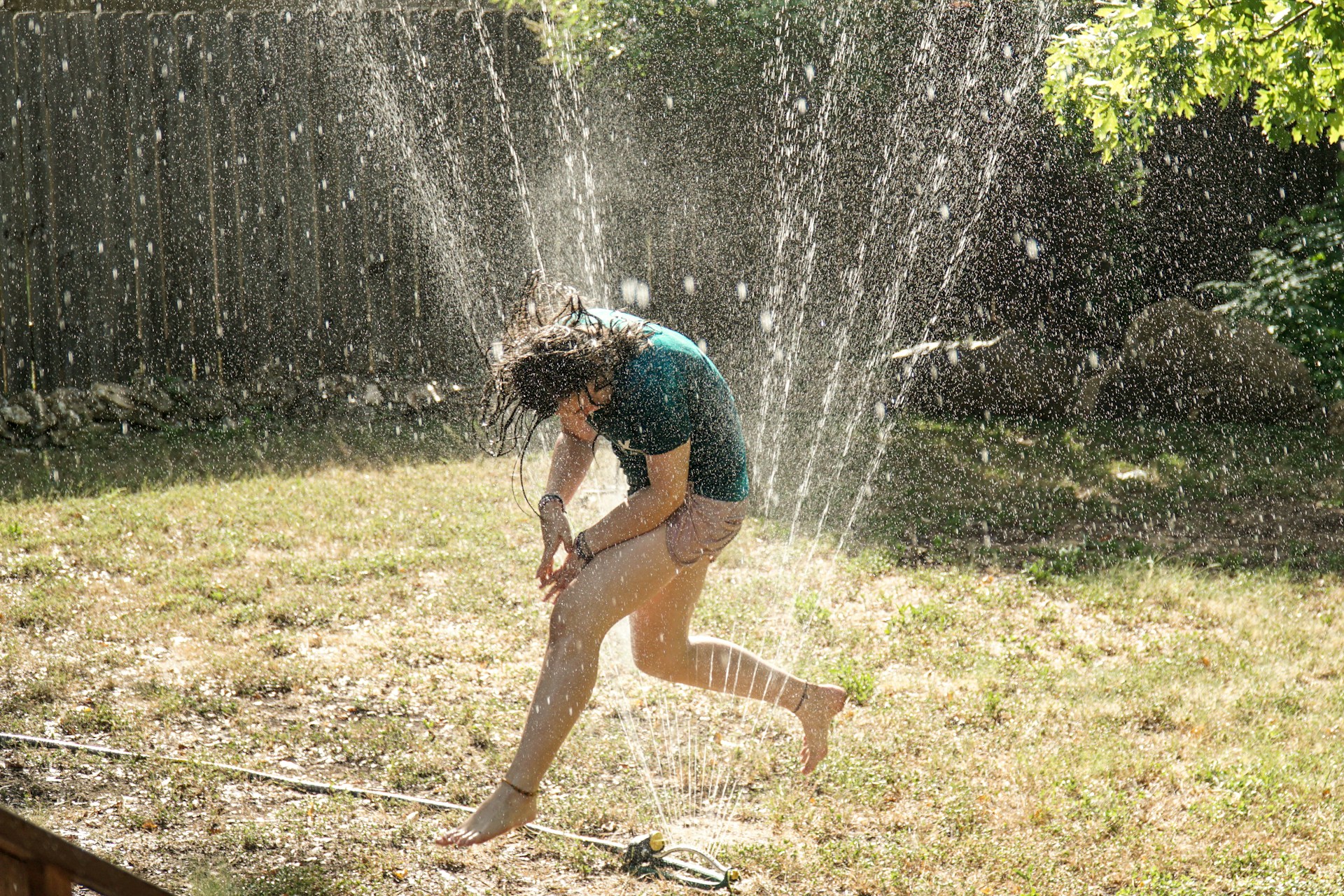


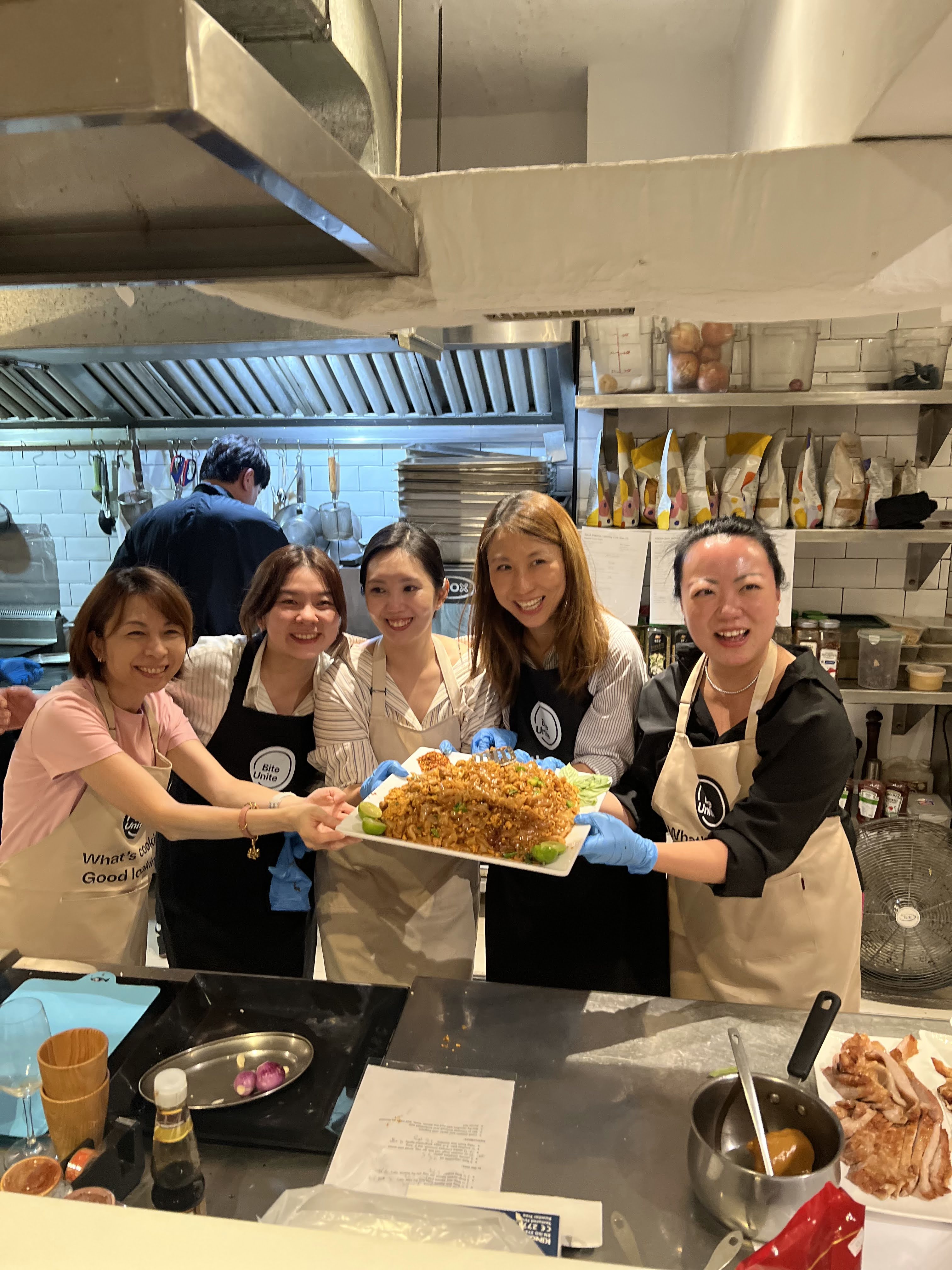
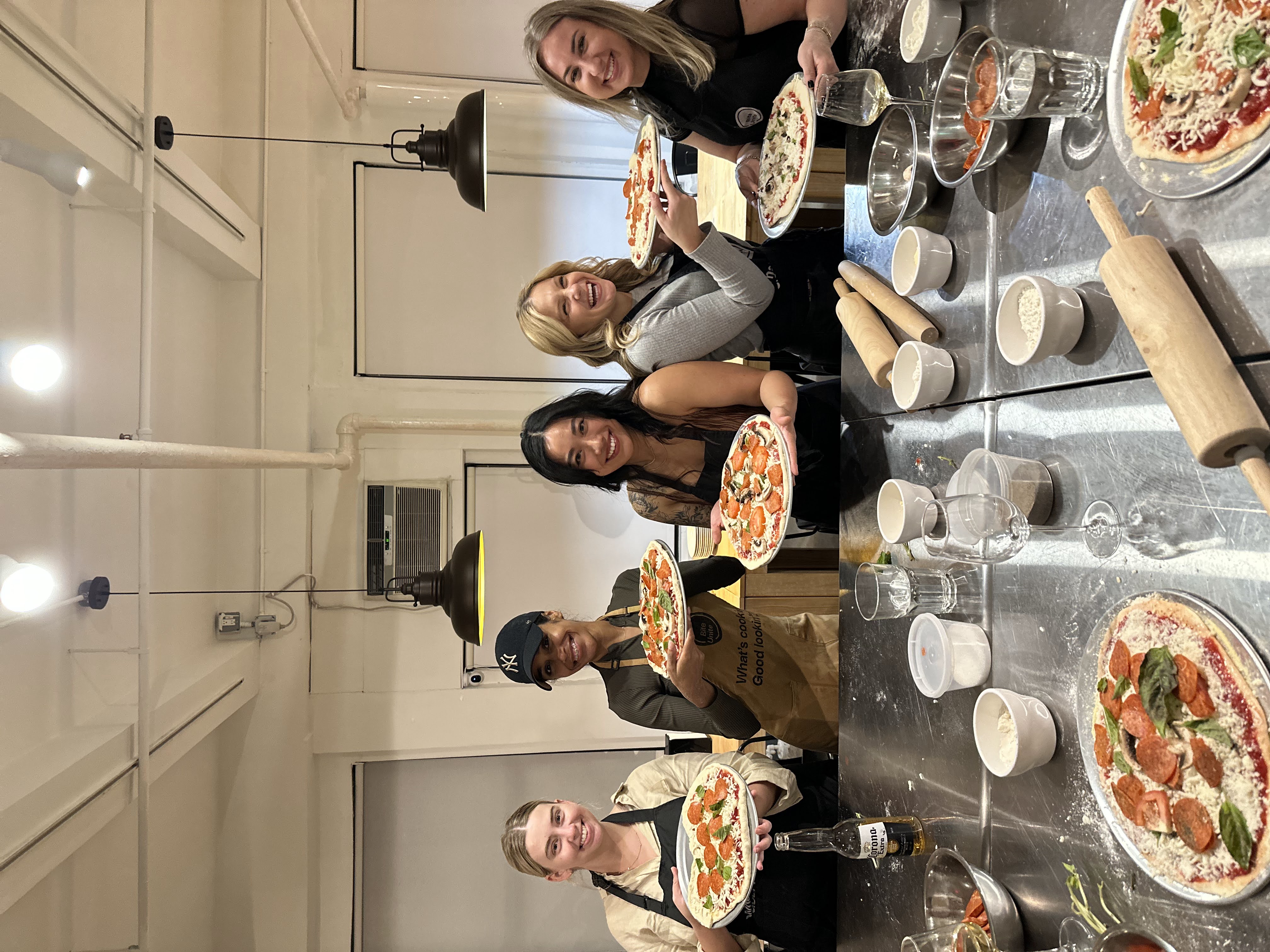

.jpg)


.JPG)

.jpg)















.webp)





























